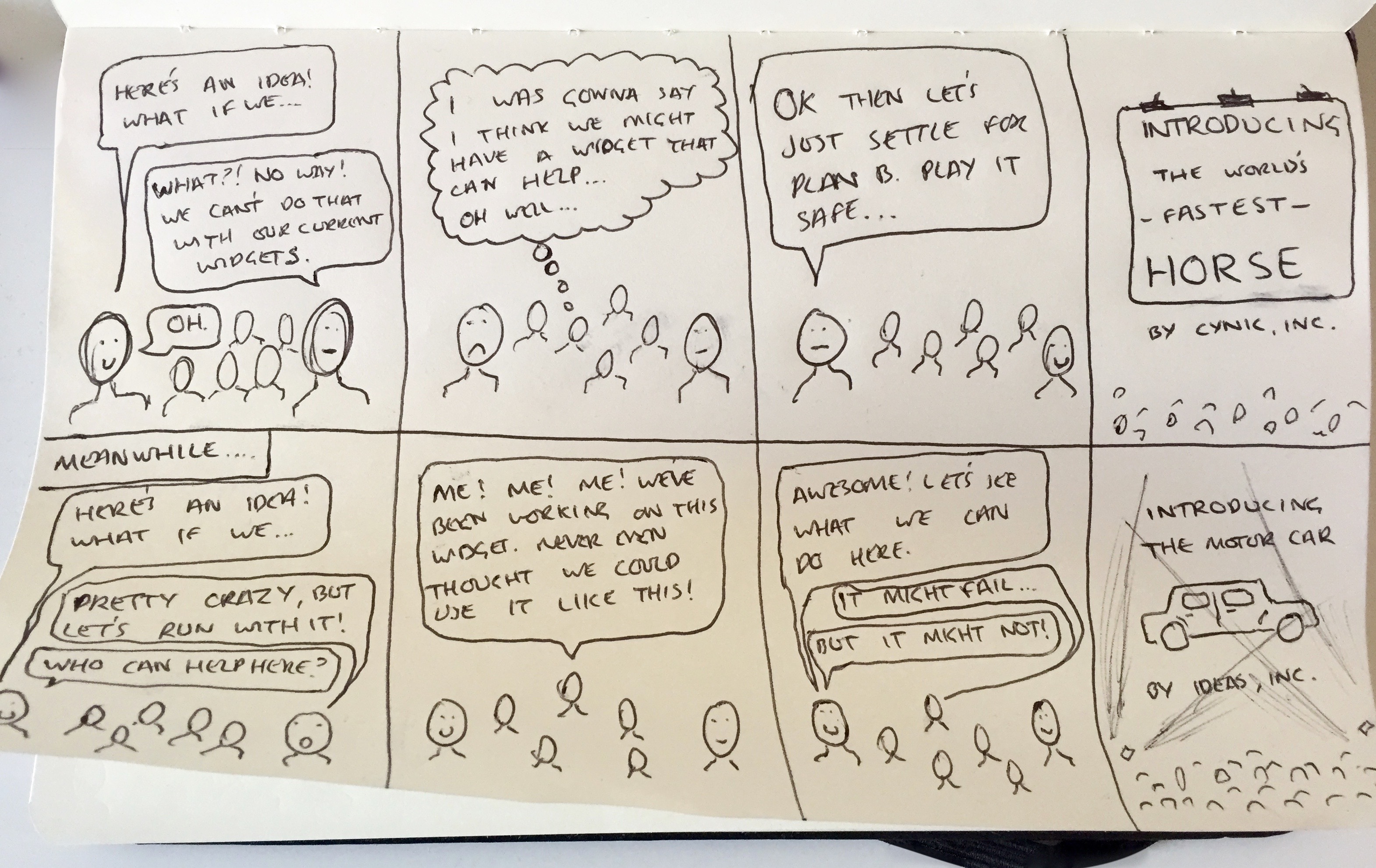Those who know me won't be surprised to hear I picked up an Apple Watch on the first day it came out.
I hadn't been as excited to own a gadget since the original iPhone back in 2007. Seeing Apple enter a new category is always an exciting time, and with the hype surrounding the launch of the Watch, this was no let-down.
Would the Apple Watch be "the most personal device yet"? Would the Apple Watch change my life in any significant ways? Apple's promotion of the device certainly suggested it would, but it seemed too early to confirm or deny these suggestions after a few weeks of owning the product.
Exactly one year in, I feel I've given the Watch enough time to form a solid judgement on the device and the platform as it stands today.
What I love
It seems fashionable to bash the Apple Watch right now, so let's start with something positive – what I love about the device.
Bands
The bands for Apple Watch are designed and made with extreme care and attention to detail. They make many other watch bands (otherwise known as "straps") look like junk.
It's not just the fancy Milanese Loop or Steel Link Bracelet that are beautifully designed, though. The Sport Bands are actually my favourite – they're the most comfortable by far, they're playfully coloured, and they're refreshingly simple compared to almost every other watch strap I've ever seen.
Make it as simple as possible, but not simpler.
Every first-party band epitomises Apple's design ethos of simplification. The Sport Band is ingenious in its ability to keep securely fastened to your wrist without needing an extra buckle or clip. The fastening mechanism took a little getting used to in the first week of owning it, but once mastered, it's easy to do with your eyes shut.

I was given the Milanese Loop for Christmas (Bands make a great present, and extra revenue stream for Apple), and so had a reason to change my band. The Milanese Loop is beautiful and great for wearing on smarter occasions.
Until receiving the Milanese Loop, I never had a reason to switch out the Sport Band, so I didn't appreciate a big chunk of Apple's pitch from the start – switching bands is easy and, dare I say it, fun. Again, the simplicity is ingenious. No tools required, just a button to push and slide out the band.
What's great is that with every band it feels like you're refreshing the whole Watch. One day it's a playful gadget on your wrist. Next it's a smart and sophisticated (albeit, electronic) timepiece.
Fitness
No gadget has impacted my day-to-day exercise regime like the Apple Watch. I won't profess to be an athlete, not by a long shot, but the Apple Watch has profoundly changed my attitude towards fitness.
It all comes down to the concept of task completion. I have to complete my daily fitness goals. The activity rings have become


